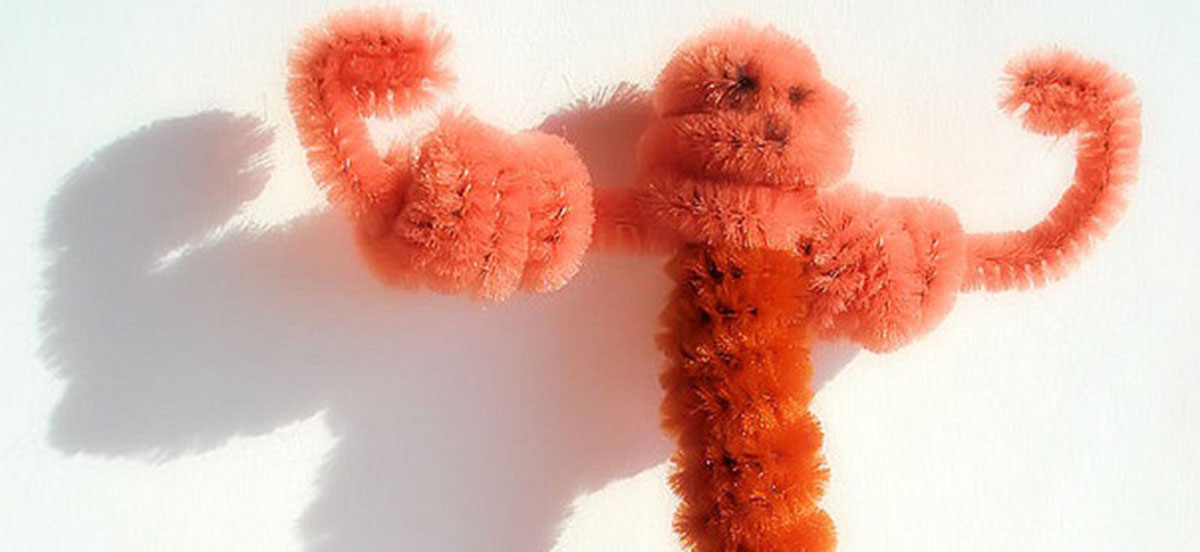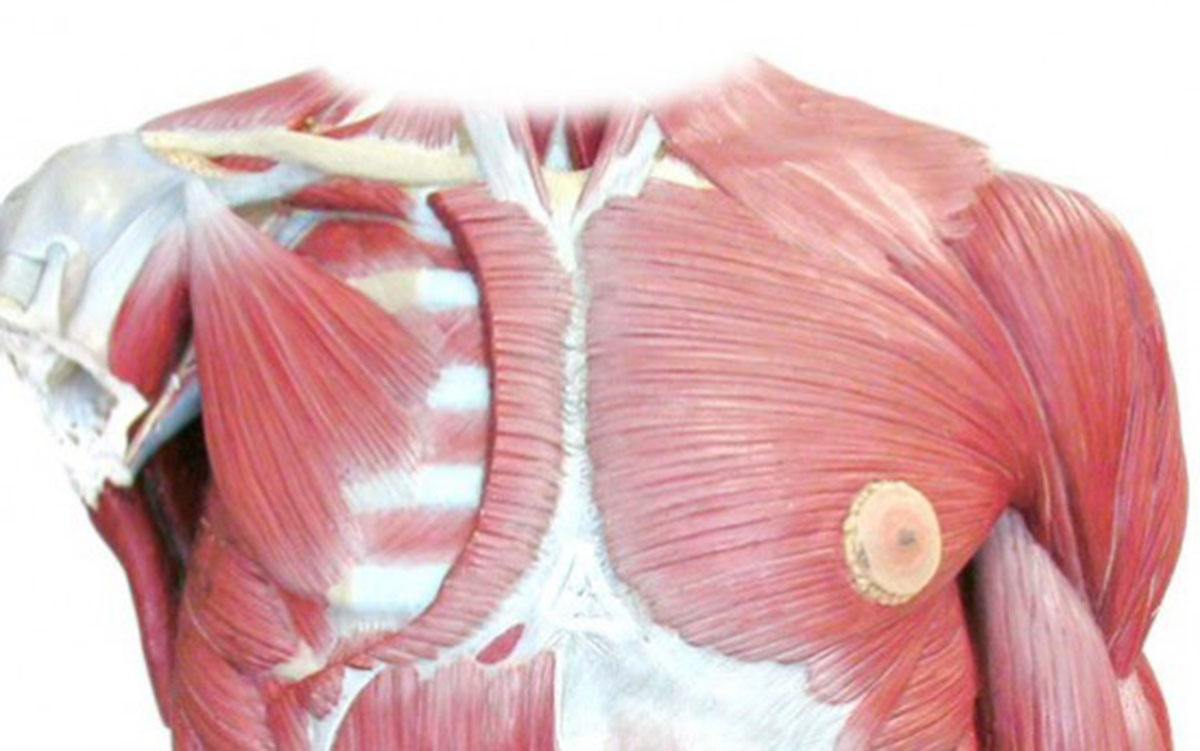Did you think that age is nothing more than a number? Here's another number for you — men and women alike typically lose between 3 and 9 percent of their total muscle mass after they turn 30. After that, it's a constant battle against time if we want to keep our strength and looks up. Just how much of a role does muscle mass play in your overall appearance, though? What can you do to keep looking good?
Muscle Mass Gradually Disappears After 30
But the implications of lost muscle mass are more serious than just our blouse and pants sizes.

Muscles burn calories. When we lose muscle mass and we continue eating the same amount of food, we gain weight and we gain it as fat. This is one of the most important reasons behind the fact that we tend to get fat as we age. Extra belly fat, meanwhile, "strangles" internal organs and increases risk of diabetes, hypertension, and certain kinds of cancer.
Muscles are vulnerable to protein deprivation. When disease or injury make it impossible for us to eat for a few days to a few weeks, the body strips amino acids out of muscle. The smaller the muscle mass it can work with, the more devastating and permanent the muscle injury.
Smaller muscles are weaker muscles, and weaker muscles lead to more frequent injuries. Shrinking muscle mass occurs about the same time as bones begin to weaken, especially in women, leading to more fractures and breaks.
After the age of 70, most people lose 1% of their muscle mass each year. Even worse, after 70, most people lose 3% of their muscle strength each year. Fat infiltrates the muscles, and even when people diet to lose belly fat and fat under the skin, fat infiltration into muscle continues to increase. That is because as the body ages, it burns carbohydrate more efficiently than it burns fat, especially in people who have type 2 diabetes.
Most people don't develop fat and flabby muscles because they eat too much. Total food consumption almost always goes down as people get older, due to changes in family life (fewer meals with others), loss of the ability to smell or taste food, problems with teeth, and difficulty maintaining a kitchen. The decrease in the number of calories the body burns, however, is even greater than the decrease in the number of calories consumed, so nearly all aging adults gain weight.
A 30-year-old who weighs 75 kilos (165 pounds) might need 1650 calories a day just to maintain basal metabolic function. A 70-year-old who weighs 75 kilos might need only 1350 calories a day for basal metabolic function. The 30-year-old may burn 900 calories a day through physical activity, the 70-year-old, just 400. Even if they weigh the same, the 70-year-old will have three times as much body fat and 30% more fat inside muscle tissue.
Eight kilos (about 18 pounds) of muscle will have been transformed into fat. In men over 40, fat cells, especially the fat cells in the buttocks, transform testosterone into estrogen. In women who have passed menopause, fat cells create just enough estrogen to fuel growth of tumors and cancer but not enough for smooth skin and intimate lubrication. Fortunately, there are five simple steps for preventing loss of muscle mass in aging.
Five Simple Steps for Preventing Loss of Muscle Mass During Aging
Everyone knows that eating less and exercising more is important for preventing loss of muscle mass during aging. However, eating less and exercising more in the right way is essential for muscle maintenance programs to be successful. Here are five simple steps for preventing loss of muscle mass during aging.

1. Don't eat all the time.
It is counterintuitive but true that eating too much protein, fat, and carb can actually cause loss of muscle mass. The reason it helps actually to skip one or two meals a week has to do with growth hormone.The brain makes growth hormone to protect muscle during starvation. The body makes proteins from amino acids. It has to have all the amino acids it needs to make a protein in the right amounts and in the right order or it cannot make the protein. If there is not enough of a particular amino acid from the diet on any given day, then it will take the amino acid it needs out of its own tissues.
Growth hormone makes sure that the body uses saliva and digestive juices for amino acids before it breaks down muscle. The body makes growth hormone when no food at all (protein, fat, or carbohydrate) is eaten for at least 12 to 18 hours. Skipping either breakfast or dinner once or twice a week boosts growth hormone production and actually protects muscle mass. And because the body spends extra energy digesting larger amounts of food, even making up the missed meal later does not result in weight gain.
2. Get enough six to eight hours of uninterrupted sleep every night.
Treating insomnia or sleep apnea can have the unexpected side benefit of decreased fat mass and increased muscle mass. The brain makes growth hormone when we sleep, and the body needs six to eight hours to respond.
3. Work your muscles, but don't work the same muscle group every day.
When muscles exert maximal effort, they rebuild themselves to become stronger. For a few hours after exercise, the muscles are very sensitive to insulin, allowing them to restore their supplies of sugar and water to make glycogen (which, along with creatine, "pumps them up") and amino acids to make new muscle fibers, which makes them stronger. A muscle can only create new muscle fiber about once every 48 to 96 hours, so it's important to rest the muscles after working them out to give them an opportunity to continue growing.
4. Get 50 or 60 grams (about two ounces) of complete protein every day.
Every adult needs at least 2 or 3 servings of protein foods every day. It is not necessary to eat "complete protein" every three hours or even at every meal, but everyone needs all the essential amino acids every day. If you are following a vegan diet, either eat buckwheat or quinoa, which provide complete protein, or eat both grains and legumes at some time during the day. Protein powders and protein supplements usually are not necessary except for competitive athletes.
5. Preserve muscle by losing fat.
Testosterone, especially in men, helps build muscle. Fat cells destroy testosterone. Losing weight the hard way, by working it off, helps conserve testosterone and save muscle mass.- Johannsen DL, Ravussin E. Obesity in the elderly: is faulty metabolism to blame? Aging health. 2010 Apr 1, 6(2):159-167.

